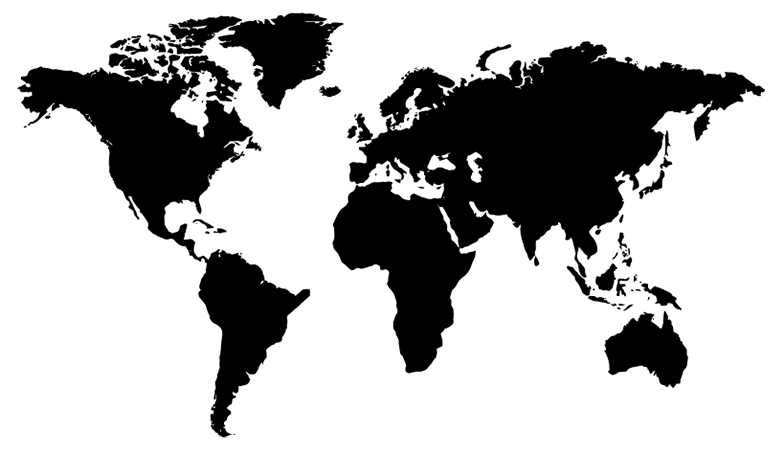The Group That Calls Itself a State: Understanding the Evolution and Challenges ofthe Islamic State, a research pamphlet released in December 2014 from the Combating Terrorism Center (CTC) at West Point, examines the rise, activities, and weaknesses of the group that calls itself the Islamic State. Authors Bryan Price, Dan Milton, Muhammad al-`Ubaydi, and Nelly Lahoud leverage “unique data sources, including the group's own material from captured documents as well as online postings.” They also explore the IS's wide range of activities, noting how it has suffered setback but also has proved adaptable. Part of the report suggests ways to take advantage of the IS's “weaknesses.”
The report begins by examining the origins of the group in the late 1990s in Afghanistan, finding “the evolution of the IS is best understood as an outcome of both design and accident.” The authors say the IS's “territorial gains and governance … were part of the vision of its founder, Abu Mus'ab al-Zarqawi. IS also was able “to exploit the militant landscape in Syria as well as the politics of sectarianism, adversely affecting Iraq's Arab Sunnis.” These issues permitted the “IS to achieve its current status” but “also placed it in direct conflict with al-Qaida.”
The IS's pronouncement “of the Islamic State and the expansion it signaled was likely perceived by [al-Qaida] leader Ayman al-Zawahiri as an attempt to upstage al-Qaida and led al-Zawahiri to annul the ISIL,” disowning the IS publically in February 2014. This rift continues.
The IS, the authors write, is capable of carrying out a large number of attacks. For example, according to the report, from November 2011 to May 2014, IS self-reported over 19,000 military operations in Iraq. The large majority of its attacks were in Sunni-dominated [territory], while Shi'a areas saw less violence. The authors argue the IS is supported by a diverse financial portfolio, including oil, donations, and war loot, and therefore, a comprehensive strategy addressing the group's “varied revenue streams is necessary to minimize IS's ability to function.”
The authors note the IS's messages to recruits, moreover “differ in important respects from al-Qaida. [V]ideos put forward by [the] IS tend to be filled with rank-and-file members whom potential recruits find much more relatable than al-Qaida's videos full of leadership figures giving speeches.”
The authors assert the “key to the long-term trajectory of the IS is its ability to provide satisfactory levels of governance to people. In the short-term, the IS has had some success providing social services … the Syrian and Iraqi governments failed to provide.” However, there are no lack of shortcomings in IS's governance; these failures will only increase with time.”
The authors believe, however, there are opportunities to defeat IS. “Countering an amorphous transnational insurgent organization fueled by an implausible end state” appeals “to a small number of disenfranchised individuals living in countries” perceived “to be led by corrupt regimes is onerous.” Therefore “the fight against [the] IS is likely to be long-term”
The authors also warn the Syrian civil war is “a significant draw to” Islamics everywhere.” Many states worry about the threat posed by battle-hardened fighters returning home attempting attacks. “The foreign fighter threat” deserves greater attention. However, “recent history suggests … it is more likely … threats will come from diverted foreign fighters, homegrown terrorists” never fighting abroad but “inspired by … [the] IS's ideology.”
Therefore, the authors contend the “IS is not simply an 'Iraq problem' or a 'Syria problem,' ” and the answer cannot concentrate on either state. Defeating the IS demands a broad strategy. Any workable plan demands “recognition … different [regional] partners place different values on each aspect of the problem.” For example “moderates in Syria may want to fight … [the] IS, but ultimately place more priority on removal … of … Assad. ” Iraqi Sunnis “may want to fight the IS, only … if their grievances” are tackled. Any design must resolve these issues.
